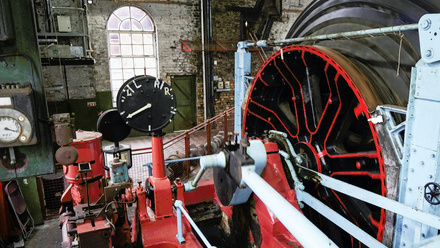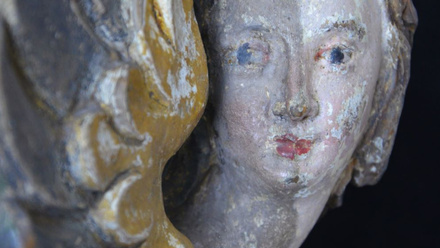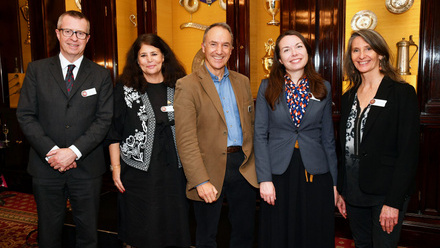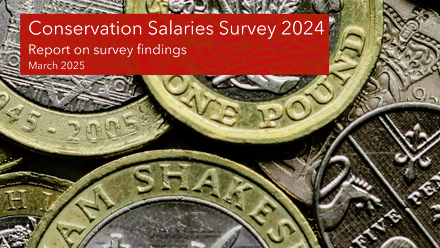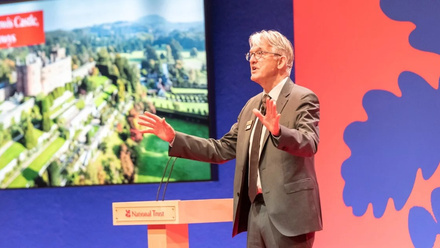Icon’s Values of Conservation research project challenged conservators and non-conservators alike to think about the value of the act of conserving cultural heritage.
What was the goal?
In 2020, we launched a new research and engagement project in response to Icon’s strategic priority to articulate the value of conservation to stakeholders and the public. Icon’s Values of Conservation project sought out to identify and articulate the values of cultural heritage conservation to society and to consider how we can better communicate them to audiences. The intended outcome was to promote conservation more effectively and make it more widely understood and appreciated.
The project felt particularly timely as the Coronavirus pandemic and economic downturn had placed even more urgency on explaining the value of what Icon and its members do. Making a successful case for support to Government is dependent on widespread understanding of the core values of conservation and being able to demonstrate our contribution to economic recovery and rebuilding our post-lockdown society.
What did we do?
We launched the project with a research plan outlining a set of ambitious yet achievable objectives. We set out to:
- Identify the values that characterise conservation and make its contribution to society distinctive.
- Engage conservators and non-conservators in an open discussion on what they think the values of conservation are.
- Collect statements from conservators and non-conservators on the values of conservation to inspire and inform the way that we talk about our work.
- Develop a Values Toolkit with tips on communicating arguments effectively to non-specialist audiences.
We started the work with a literature review of existing reports, case studies and research on values within cultural heritage. This helped us to set up a framework of values as a starting point for our conversations and further investigations.
We had envisioned the work as an engagement exercise to encourage Icon members and external audiences to think about the value of the work of conservators and why people look after their possessions. It was also important to us to develop our thinking on values with others and to work collaboratively.
Although we used a research approach to structure our project, the methodology was an online conversation rather than an academic or systematic study. In each stage of the project we sought to collect statements from both conservators and non-conservators on values. We used a range of techniques - from online Padlet boards for our Steering Committee to a social media campaign asking some far from serious questions - to get conversations rolling. We relied on our existing framework of values messages to structure the conversation.
What was the outcome?
By the end of the project, we had collated a range of source material, including comments about conservation from conservators and public votes on what conservation means to people. We also commissioned a new series of articles for the Icon website, called the Real Repair Shop, which explored conservation projects from both the client’s and the conservator’s perspective.
The findings of the research were presented in a final report, which presented a selection of values associated with conservation that can be loosely categorised under social, cultural, economic and environmental impacts. The research report also includes a brief toolkit with recommendations on how we can effectively communicate and promote the profession’s achievements to others.
Read the full Values of Conservation report.
What did we learn?
Through our research, we found that conservators are willing and keen to talk about their work and are already skilled at using values-driven language when describing their activities. However, we also observed that while we may be driven by a common set of values, there is a need to be more consistent and bold in communicating them.
In addition to the content - which values we choose to prioritise and communicate - we need to think carefully about how we talk about conservation. There are a variety of approaches at our disposal when developing messaging. For example, we’re likely to be more effective using factual, evidence-based and informative messaging when appealing to decision makers. In contrast, the use of comparisons to familiar items or storytelling may be more appropriate when attempting to illustrate why conservation matters to a member of the public.
Through our research, we found that conservators are willing and keen to talk about their work and are already skilled at using values-driven language when describing their activities.
What next?
Icon hopes the material collected and presented in this report will inspire others to think about conservation from a values-based perspective. Starting with the ‘why’ of conservation can help us to embed values within every aspect of our messaging and increase awareness of the profession’s impact.
We also hope that our Values Toolkit will help conservators be more consistent and bold in the way that they talk about conservation to their peers, employers, families and friends.
The publication of the report signals another step in Icon’s continued activities to communicate the impact of conservation. We are currently developing a second stage to the project focusing on demonstrating these values through examples of conservation in action.
Find out more about Icon's campaign on the value of conservation.

